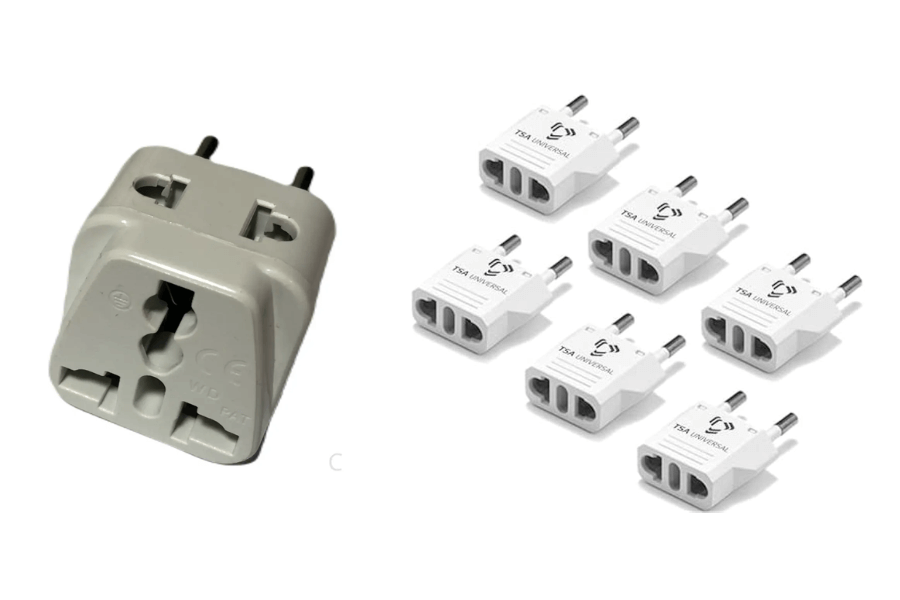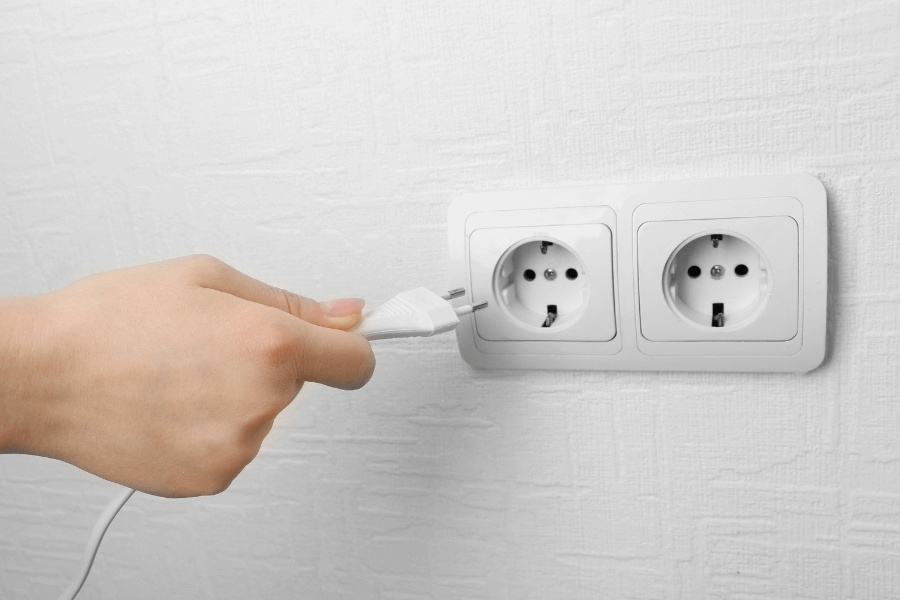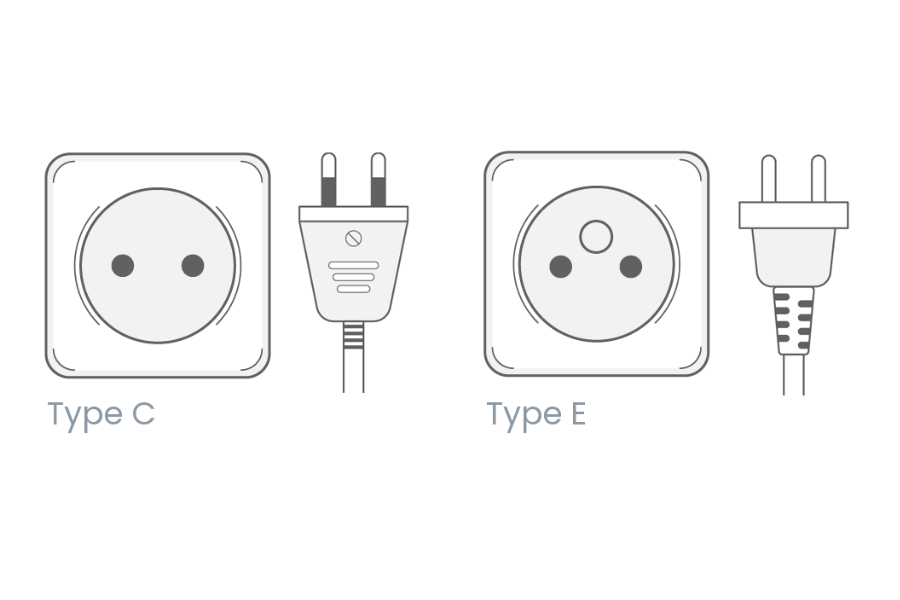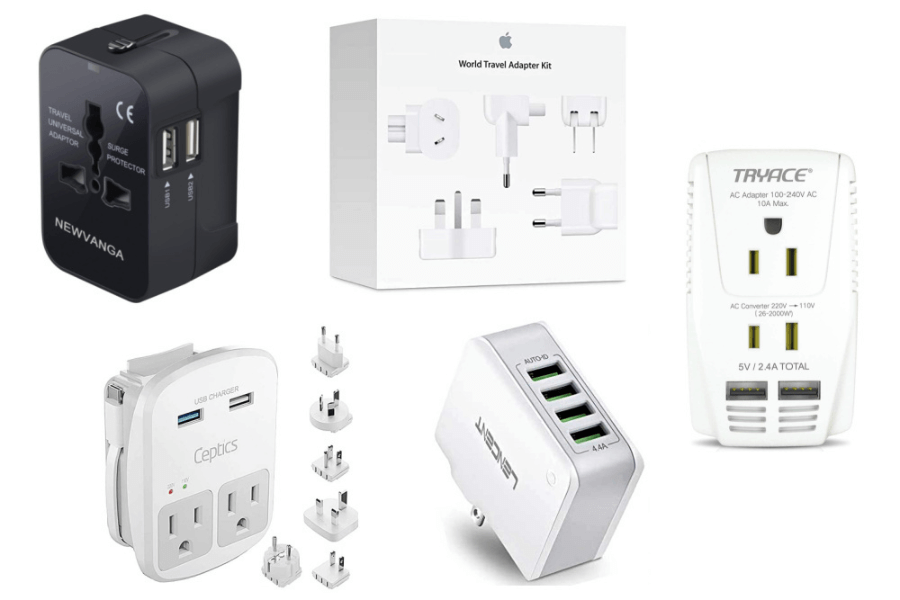Prepare for your Mongolia adventure with crucial insights into electric plugs and sockets. Learn about Mongolian power plug, power socket, and the necessity of a power plug adapter or voltage converters. Ensure a smooth journey as you explore top tours in Mongolia, from the vast steppes to the majestic Altai Mountains. Get ready for an unforgettable experience in this captivating land.
Understanding Different Types of Mongolian Power Plug
When traveling to Mongolia, it's good to know a bit about the power outlets to keep your devices charged and ready for your adventures. In Mongolia, they mainly use Type C and Type E sockets for their power plugs. Type C has two round pins, while Type E has two round pins with an extra hole for the socket's male earthing pin. So, to keep your gadgets powered up, make sure you bring the right plug adapters for these Mongolia electric plugs. Whether you're exploring the bustling city or the serene countryside, having the correct electric plug ensures you stay connected and capture every moment of your journey.
Do You Need a Mongolian Power Plug Adapters
Traveling to Mongolia and wondering about Mongolian power plug adapters? Yes, you do need them! Mongolia utilizes power plugs and sockets of Type C and Type E, featuring two round pins and an additional hole for the socket's male earthing pin. To ensure your devices stay charged, bring suitable plug adapters for these Mongolian sockets. The standard voltage is 220V at a frequency of 50Hz, so having the right adapters will keep your electronics functioning smoothly. 
Why Voltage Converters Matter When Visiting Mongolia
Understanding voltage converters is crucial when traveling to countries like Mongolia. Mongolia operates on a standard voltage of 220V at a frequency of 50Hz. If your devices are designed for a different voltage, such as the common 120V in the United States, using them directly can lead to serious damage. Voltage converters play a vital role in ensuring a safe input voltage level for your electronics. They transform the higher voltage from Mongolian outlets to a level compatible with your devices. Additionally, be aware that the frequency in Mongolia differs from some countries. Travelers should prioritize acquiring a reliable voltage converter to protect their gadgets and ensure a smooth experience in this unique and captivating destination.
When assessing whether you need a converter or transformer for your electrical appliance, check the rating plate. A dual voltage rated appliance typically displays information like 'INPUT: 110-240V' on its body or power supply. For such appliances, you only require a travel adaptor since Mongolia's supply voltage is 230V, falling within the 110-240V range that dual voltage appliances can handle. While where the supply voltage is 230V, single voltage rated appliances must operate at this voltage for safe and proper functioning. If the appliance does not match the country's voltage, it should be used in conjunction with a voltage transformer or converter to ensure its safety and proper operation.
A Guide For Choosing the Right Voltage Converter in Mongolia
Selecting the appropriate voltage converter for your trip to Mongolia is crucial for ensuring the functionality and safety of your electrical devices. Given that Mongolia operates on a standard voltage of 220V with a frequency of 50Hz, it's essential to choose a converter that aligns with these specifications.
Voltage Compatibility:
Ensure that the voltage converter is designed to handle the 220V power supply in Mongolia. This compatibility is fundamental for preventing damage to your electronic appliances.
Frequency Consideration:
Mongolia's power grid operates at a frequency of 50Hz. While most basic electronic devices can adapt to different frequencies, certain items like clocks and some motorized devices may be sensitive. Selecting a converter that addresses this frequency difference is crucial for the optimal performance of such devices.
Power Rating:
Check the power rating (in watts or amps) of your electronic devices and match it with the capacity of the voltage converter. Overloading the converter can lead to malfunctions or damage, so it's essential to choose one with an adequate power rating.
Dual Voltage Devices:
Some modern electronic devices, such as laptops and smartphones, are designed to work on a range of voltages (e.g., 110-240V). In such cases, a voltage converter may not be necessary, but you'll still need the right plug adapter.
Combo Adapters:
To streamline your travel preparations, consider a combined travel adapter and voltage converter. These versatile devices can handle both plug compatibility and voltage adjustments, ensuring a hassle-free experience.



